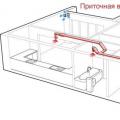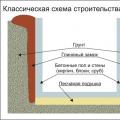What is alternative heating? How does it happen, what can serve as a source of thermal energy? Is it possible to install alternative heating of a private house with your own hands?
Let's try to figure it out.
What it is
By this name, when it is used in the press, it traditionally refers to all the ways to heat housing that were not used twenty or thirty years ago. Geothermal heat sources, film underfloor heating, biofuels, and infrared heaters are thrown into a common heap.
Within the framework of the article, however, we will allow ourselves to interpret the term much more narrowly.
We are interested in alternative home heating, which:
- It uses renewable sources of thermal energy as heat, for which there is no need to pay sellers of the corresponding services or goods. Alternatively, at least part of the thermal energy is taken from renewable sources.
- Can be implemented at reasonable cost. At least - incomparable with the cost of the house itself.
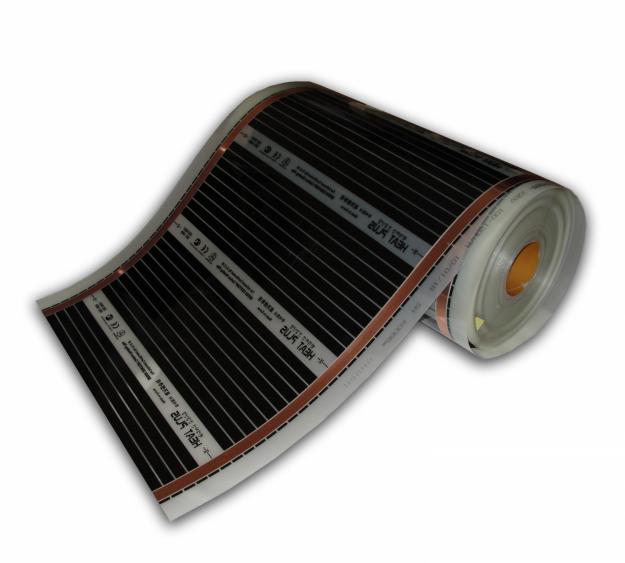
Why is it needed
The reason why alternative heating systems of a private house are attracting attention is simple and understandable: rising energy prices and, accordingly, electricity. Solarium, gas, coal are steadily becoming more expensive.
Useful: main gas is now cheaper than other types of heating. But it continues to rise in price. Its reserves are limited, so the trend will continue and intensify in the coming years.
Well ... do not consider the author an idealist, but still it is barbaric to burn fossil fuels or trees to heat the small interior space of your house. In this sense, alternative types of heating are not just cost-effective. They are progressive.
Implementation Options
solar systems
Solar energy is used to heat homes in two ways:
- By transforming into electricity, which can then be used to operate heaters.
- For direct heating of the coolant, natural circulation or a circulation pump is then driven through radiators or convectors.
The simplest do-it-yourself alternative heating is exactly (often home-made), a circulation pump and a radiator in the house.
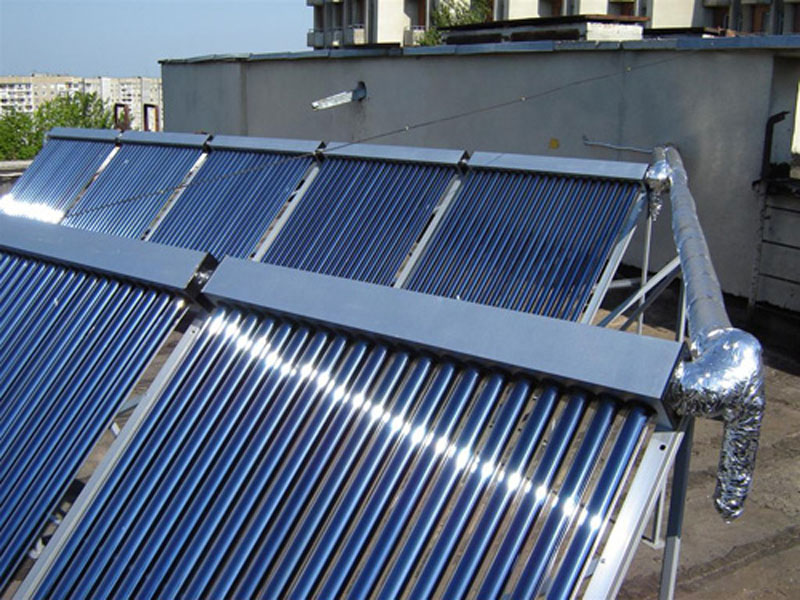
The peculiarity of solar systems is obvious: sunny days, even in the Crimea or Central Asia, are still replaced by cloudy ones. No one canceled the night either. If so, they are unsuitable as permanent heat sources.
What implementation options are possible?
- works in parallel with the electric heater. The coolant temperature is controlled by sensors; when it falls below a certain level in cloudy weather, the heaters are heated.
- it is supplied not only with a controller and an inverter that generates a mains voltage of +12 or +24 volts DC, but also with a high-capacity battery.
During daylight hours, solar panels store energy in batteries; Batteries serve as a source of power at night or on cloudy days. With the appropriate area of the photocells and the capacity of the batteries, it is possible to realize a completely energy-autonomous system.
But here we are in for an unpleasant surprise: we are limited by the level of available technologies for storing electrical energy. The best examples of batteries will live in such a system for no more than five years, and the cost of replacing them will be quite comparable to the cost of electricity purchased from energy companies during this period. - Finally, the simplest solution that saves electrical energy (and heat) can easily be implemented by hand.
Alternative heating of an apartment or a private house (or rather, to be precise, energy supply) in this case is a solar battery with a controller and an inverter, which is connected in parallel to any outlet, and electric heaters of any type.
Nuance: you need a mechanical, disk counter. Electronic ones are not able to register the reverse direction of the current. In sunny weather, when the photovoltaic cells generate more electricity than you spend on heating, the meter simply counts down the kilowatt-hours in the opposite direction. The savings are more than tangible.

Wind energy
For the production of thermal energy, energy that is generated by a windmill can also be used.. Industrial products are sold in bulk and cost quite reasonable money.
The only obvious feature of this solution is the large size of the impeller. At a 4-kilowatt wind generator, it reaches ten meters.
All the problems of accumulating electrical energy for heating, typical for solar systems, fully apply to wind turbines.
- It is clear that alternative heating of a country house using wind energy can be implemented only in those regions that are characterized by constant moderate winds - primarily in the steppes and on the coasts.
- In addition, if the collector can use solar energy directly to heat the coolant, then the transformation of the mechanical energy of the windmill rotation into electricity is inevitable here, and only then into heating the air in the room. Which, as you might guess, means a decrease in the efficiency of the system.
Heat pumps
Finally, the most versatile alternative to central heating is heat pumps.. The principle of operation of all devices of this type is the same: the transfer of thermal energy from a low-potential source to the house. Simply put, the pump takes heat from a cold object and gives it to a hot one.
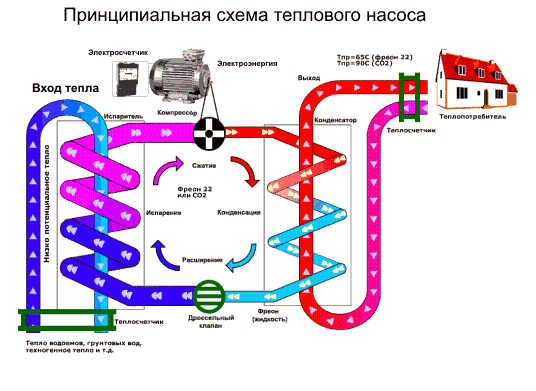
This is how heat pumps of all types work. The difference between them is in the source of low-grade heat.
All heat pumps are based on the same simple system that can be seen by disassembling any refrigerator: a compressor, a heat exchanger and an evaporator. But the specific implementation can vary greatly, giving a large variation in the cost of the solution.
ground water
Ground-to-water heat pumps are the most versatile alternative sources of heating for a country house in terms of the climatic zone. The principle of their operation is based on the fact that even in areas of permafrost at a depth of several tens of meters, the soil temperature is consistently above zero.
Accordingly, heat exchangers that take heat from the ground are probes immersed in wells. The length of the highways is tens of meters; in addition to the high cost of the heat pump itself, the price of its installation is impressive.
The cost of drilling one well is estimated at 1500 - 2000 rubles per linear meter; Several wells are being drilled. But you still need to mount the pump itself and immerse the probes ...
It is somewhat cheaper, however, to install a ground-to-water heat pump with a horizontal collector. Heat exchangers are buried in trenches below the freezing level. The downside of this solution is the large area required to install the pump.
The resulting heat is used to heat water, which is used for household needs and to transfer heat to heating devices.
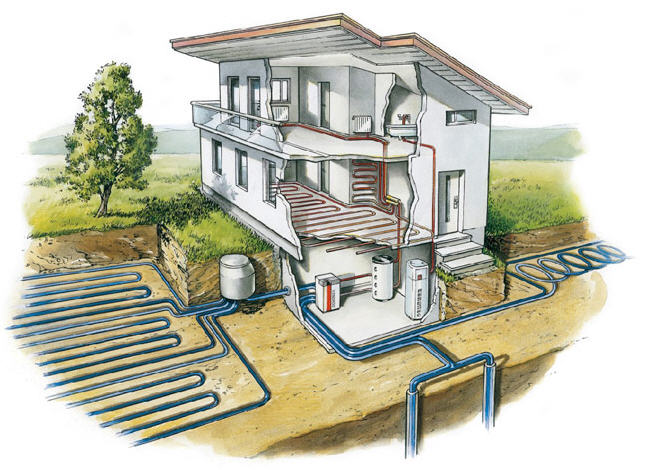
water-water
If there is flowing groundwater at a shallow depth in your area, the cost of implementing the project will sharply decrease for you.
It is much easier to take away the heat we need from running water:
- You can get by with one submersible heat exchanger probe;
- The drilling depth can be limited to 10-15 meters.
Air to water
In an air-to-water heat pump, the heat source is outdoor air. Heat exchanger - a radiator with an impressive fin area; it is blown by a low-speed fan.
Such pumps have a much more democratic cost compared to the previous ones and are much cheaper to install. However, when the temperature drops outside, their efficiency also drops dramatically: it is more difficult to take away thermal energy from cold air.
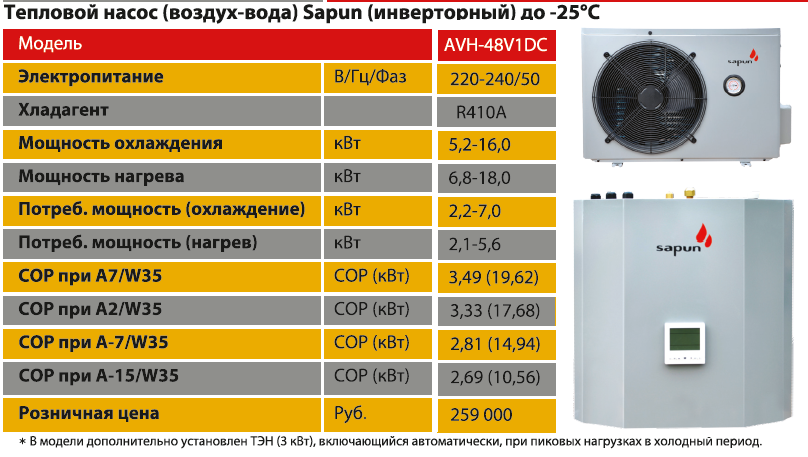
The COP parameter is the ratio between consumption and heat output. You can see how it changes at temperatures from +7 to -15.
Air to air
Finally, listing alternative sources of heating at home, one cannot fail to mention the absolute champion in terms of the cheapness of the project - an air-to-air heat pump. The simplest example of such a device is a conventional split system in heating mode.
Due to the fact that electricity is not spent on heating the air, but on the operation of a compressor pumping heat from the street, heating with an air conditioner is much more economical than a conventional heater.
In the best examples of inverter (using the reverse conversion of AC to DC and vice versa to change the speed of the compressor) air conditioners, for every kilowatt of electricity spent, 5 kW of heat is pumped into the house.
Inverters from a decent manufacturer cost up to a thousand dollars with installation and are capable of operating at outdoor temperatures down to -25C.
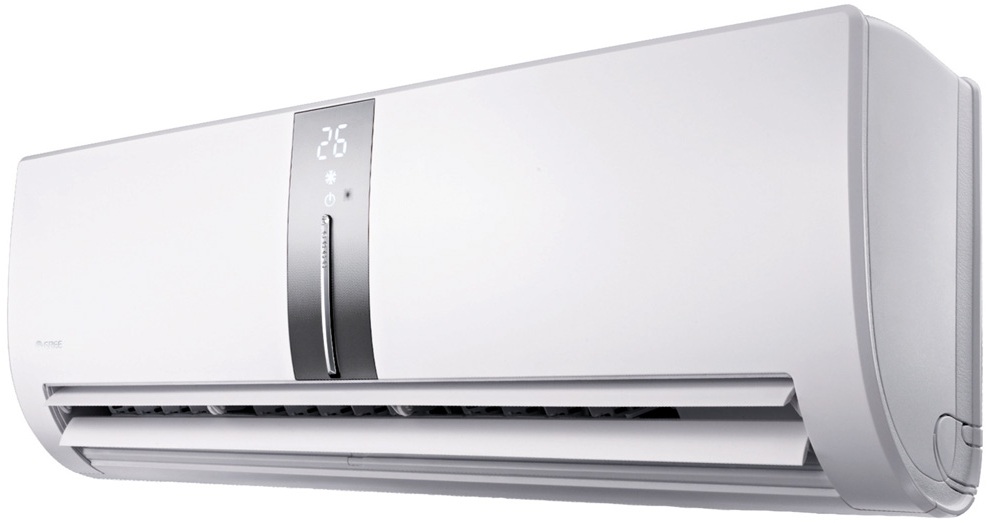
An inverter air conditioner is the perfect solution for a temperate climate.
Conclusion
Of course, we have not listed all alternative methods of heating. You may be able to extract additional information useful to you from the video at the end of the article. Warm winters!

